Table of Contents
Introduction to DALI Lighting
The Digital Addressable Lighting Interface (DALI) is a standardized protocol used for digital communication between lighting devices, including ballasts, dimmers, and sensors. Established under the IEC 62386 standard, DALI enables the creation of robust and flexible lighting control systems, which are essential for modern lighting applications.
Brief Overview of DALI (Digital Addressable Lighting Interface)
DALI was developed to address the limitations of analog lighting control systems, which often lacked scalability and precise control. By using a digital protocol, DALI allows individual control and monitoring of each lighting device within a network. This is achieved through two-way communication, where each device can both send and receive signals. The system uses a simple, low-voltage wiring system, typically a two-wire cable, making it easier to retrofit existing installations or set up new systems.
One of the key features of DALI is its ability to address up to 64 individual devices on a single network. This means that each light fixture or control gear can be assigned a unique address, allowing for granular control over lighting settings. Moreover, DALI supports group and scene control, enabling users to create predefined lighting scenes that can be activated with a single command.

DALI Lighting Systems
Importance of DALI in Modern Lighting Systems
In contemporary lighting design, the need for energy efficiency, flexibility, and ease of management is paramount. DALI plays a crucial role in meeting these needs through its advanced control capabilities. Here are some reasons why DALI is important in modern lighting systems:
- Energy Efficiency: DALI systems can be integrated with sensors and timers to adjust lighting based on occupancy and daylight availability. This reduces energy consumption and operational costs.
- Flexibility and Scalability: The ability to control individual fixtures and create dynamic lighting scenes makes DALI ideal for diverse environments, from office buildings and retail spaces to industrial facilities.
- Enhanced Control: DALI allows for precise dimming and switching, which can be crucial for creating comfortable and adaptable lighting conditions in different settings.
- Simplified Maintenance: With DALI, monitoring and diagnostic functions are built-in. This means that maintenance staff can quickly identify and address issues, minimizing downtime.
- Integration with Other Systems: DALI can be integrated with building management systems (BMS) and Internet of Things (IoT) platforms, providing a holistic approach to building automation.
By leveraging the capabilities of DALI, lighting systems can achieve a high level of sophistication, ensuring that they meet the evolving needs of users and regulations. This makes DALI an indispensable tool for modern lighting solutions, driving advancements in energy efficiency, user comfort, and overall system performance.
How DALI Lighting Systems Work
Explanation of DALI Communication Protocols
The DALI protocol enables digital communication between lighting devices within a network, defined by the IEC 62386 standard. DALI uses a two-wire bus system for both power and data transmission, supporting up to 64 devices with unique addresses for precise control. This bidirectional protocol allows devices to receive commands and send status updates, ensuring efficient and responsive lighting control.
Components of a DALI System
A typical DALI system includes:
- Control System: Manage and send commands to network devices, ranging from simple dimmers to advanced programmable units.
- DALI Gateway: Interfaces DALI with other building automation systems, enabling integration and broader control.
- Bus Power Supply: A dedicated unit powering the DALI bus.
- Sensors: Provide data on occupancy and ambient light, enabling adaptive lighting adjustments.
- Control gears(drivers): Control fluorescent, HID, and LED lamps, adjusting light output based on received commands.
- Luminaires: Lighting fixtures that include components for direct control.

DALI Devices
Communication in a DALI Network
In a DALI network, controllers broadcast commands, and devices respond if addressed. Devices also send status reports back to controllers, allowing real-time monitoring and maintenance. This communication uses standardized data packets, ensuring interoperability among devices from different manufacturers, making DALI a robust and flexible lighting control system.
How is a DALI System Wired?
A DALI system uses a simple two-wire setup, where all control devices and lighting gear connect in parallel. The two wires, which can be connected without worrying about polarity, carry both power and communication signals. The wiring can be configured using bus, star, tree, or line topologies. It is important not to use a closed-loop configuration.

DALI Wiring Diagram
This flexible wiring allows you to place controllers and sensors anywhere in the network. You can easily add or remove devices to change your lighting setup as needed, making it highly customizable and adaptable to your specific lighting requirements.
For optimal performance, it is recommended to use 1.5 mm² cable (15 AWG), which allows for a maximum distance of 300 meters between the two furthest devices on the bus when using the maximum rated bus power supply of 250 mA. The two wires should be placed adjacent to each other to ensure proper signal
DALI vs. Other Lighting Control Protocols
DALI vs. DMX
DMX (Digital Multiplex) is widely used in stage and theatrical lighting, known for its ability to control complex lighting scenes with high precision. Unlike DALI, which is more suited for architectural and general lighting, DMX can control up to 512 channels of lighting, making it ideal for environments requiring dynamic and colorful lighting effects. However, DMX does not offer the two-way communication found in DALI, limiting its use in applications requiring feedback from lighting fixtures.
DALI vs. KNX
KNX is a standard for home and building automation that integrates various control systems, including lighting, HVAC, and security. While KNX provides a comprehensive solution for building automation, DALI is specifically optimized for lighting control, offering more precise dimming and scene-setting capabilities. DALI systems can integrate with KNX through gateways, combining the strengths of both protocols. However, KNX systems tend to be more complex and expensive compared to DALI, which is easier to implement for lighting-specific projects.
DALI vs. Zigbee
Zigbee is a wireless communication protocol commonly used in smart home devices, including lighting controls. Zigbee offers flexibility and ease of installation due to its wireless nature, but it can suffer from interference and signal range limitations. DALI, on the other hand, uses wired connections, ensuring stable and reliable communication. While Zigbee is excellent for residential applications with its mesh networking capabilities, DALI provides a more robust solution for commercial and industrial environments where reliability and precise control are paramount.
What is the difference between DALI and DALI-2?
DALI (Digital Addressable Lighting Interface) and DALI-2 are both standards for digital communication between lighting control devices, but there are key differences that set them apart. DALI is the original standard, while DALI-2 is an enhanced and updated version introduced by the Digital Illumination Interface Alliance (DiiA).

DALI
- Established under the IEC 62386 standard.
- Provides basic control for lighting devices with a focus on interoperability.
- Limited in terms of functionality and device types.
DALI-2
- Also based on IEC 62386 but includes more rigorous testing and certification processes.
- Expands on DALI by introducing new features and functionalities, including better interoperability and additional device types like sensors and controllers.
- Includes backwards compatibility with DALI devices but enhances reliability and performance through stricter compliance requirements.
- Offers improved diagnostics and monitoring capabilities, allowing for more efficient maintenance and energy management.
DALI-2 ensures that all devices meet high standards of performance and compatibility, addressing some of the limitations of the original DALI system. This makes DALI-2 a more robust and versatile choice for modern lighting control systems.
FAQs about DALI Lighting
How does DALI dimming work?
DALI dimming operates through digital signals sent from a controller to the lighting fixtures. Each light receives specific commands for brightness levels, allowing for precise control. DALI supports smooth, flicker-free dimming from 0% to 100%, ensuring consistent lighting quality across all fixtures.
What voltage does DALI use?
DALI systems typically use a 16V DC power supply for communication. This low voltage ensures safe and efficient operation of the control network, with a maximum current of 250 mA.
Is DALI wired or wireless?
Traditional DALI systems are wired, using a two-wire bus for communication and power. However, advancements in technology are leading to the development of wireless DALI solutions, which offer greater installation flexibility.
How many wires do you need for DALI?
DALI systems require a two-wire bus for communication. These wires are used to transmit both power and data signals, simplifying the installation process.
What cable is used for DALI wiring?
DALI wiring typically uses 1.5 mm² (15 AWG) twisted-pair cables. These cables minimize interference and ensure reliable communication between devices. The maximum recommended distance for DALI wiring is 300 meters.
How is DALI lighting wired?
DALI lighting systems are wired using a simple two-wire topology, which can be configured in bus, star, or tree arrangements. The devices are connected in parallel to the control gear, and each device is addressed uniquely during installation. Avoid closed loop configurations to prevent communication issues.
Are all lights DALI compatible?
Not all lights are DALI compatible. However, many LED luminaires can be integrated into a DALI system with the use of a DALI power supply(DALI driver). This ensures they can communicate and be controlled within the DALI network. Always check for DALI compatibility before installation.
What are the differences between DMX and DALI lighting control?
DMX is primarily used for stage and theatrical lighting, offering high precision and the ability to control complex lighting scenes. DALI, on the other hand, is designed for architectural and general lighting, providing two-way communication and better energy management. DMX is ideal for dynamic, colorful effects, while DALI excels in creating efficient, adaptable lighting environments.
What are the differences between 0/1-10V and DALI lighting control?
0/1-10V control systems use analog signals for dimming, where the voltage level determines the light output. These systems are simpler but offer less precise control compared to DALI. DALI uses digital signals, allowing for more accurate dimming, individual addressing, and two-way communication, which provides feedback and diagnostics. DALI systems are more versatile and suitable for complex lighting control applications.

Conclusion
In summary, DALI (Digital Addressable Lighting Interface) offers a robust, flexible, and precise solution for modern lighting control. Its ability to provide two-way communication, scalability, and integration with other systems makes it an ideal choice for various applications, from commercial to industrial settings. DALI’s advancements, particularly with the introduction of DALI-2, enhance its interoperability, energy efficiency, and user-friendly features.
Adopting DALI for your lighting needs ensures you have a system that can adapt to changing requirements, provide detailed diagnostics, and contribute to energy savings. The future of lighting control is heading towards smarter, more integrated systems, and DALI is at the forefront of this evolution. Embracing DALI technology will not only improve lighting quality and control but also support sustainability and operational efficiency. For modern lighting needs, DALI represents a future-proof investment in effective lighting management.
If you have any questions about DALI lighting system, just feel free to contact us directly. Our lighting experts are ready to help.
Request A Free Quote Now!
Send us a message if you have any questions or request a quote. We will get back to you ASAP!



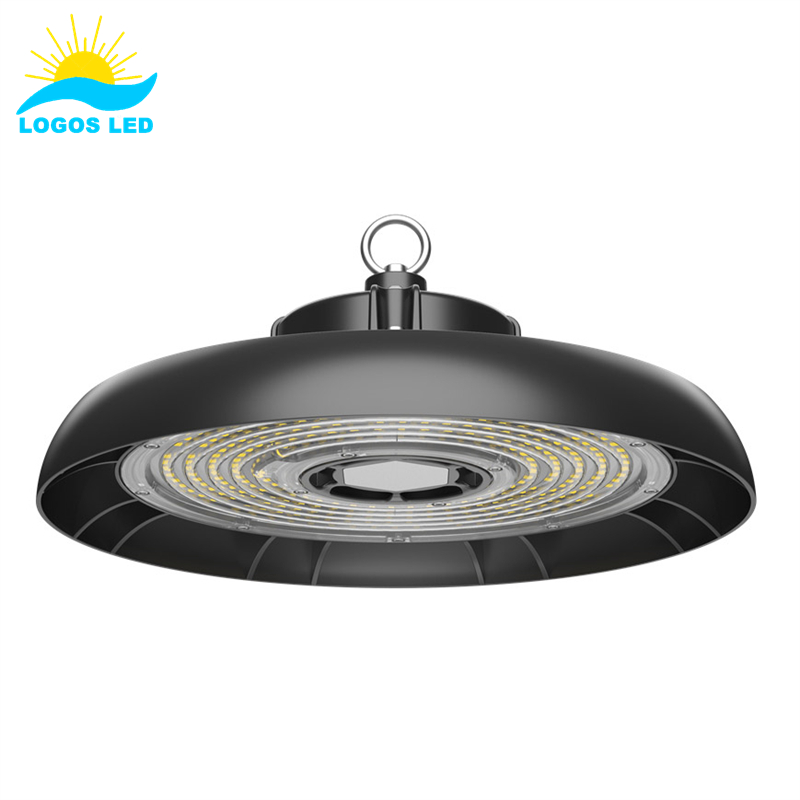

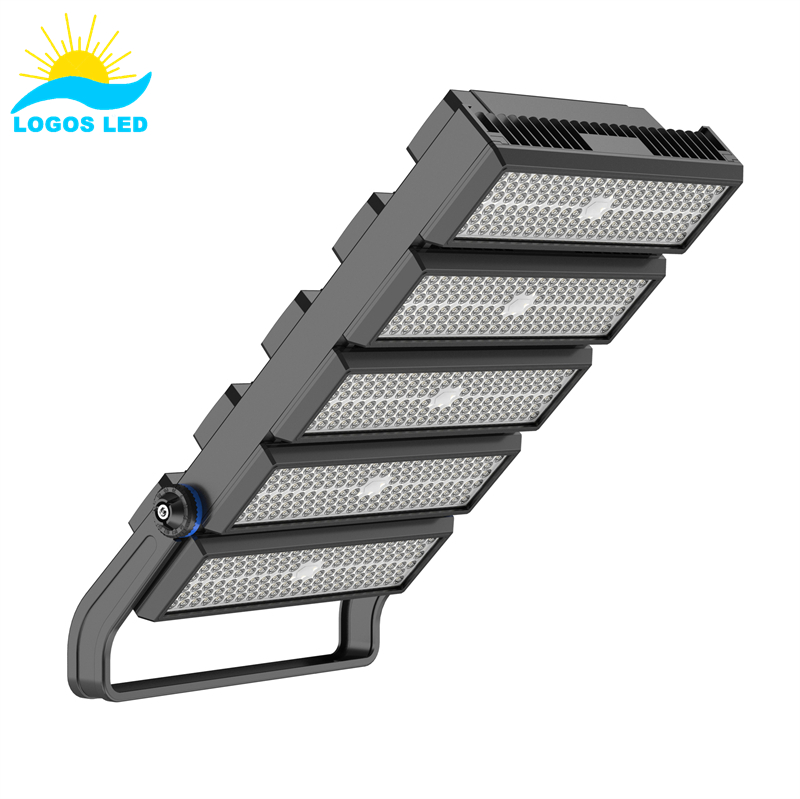
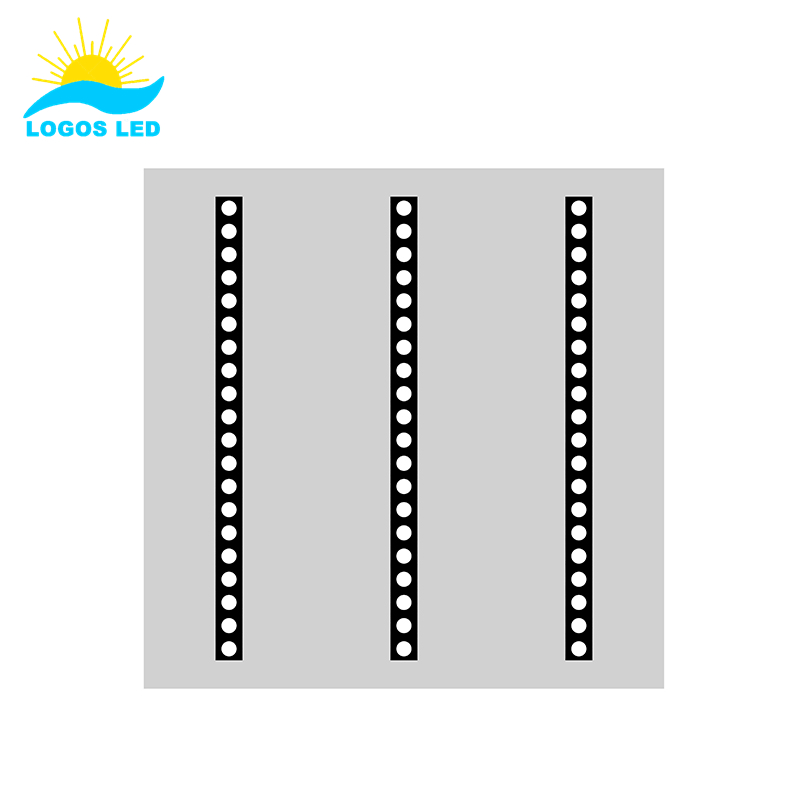
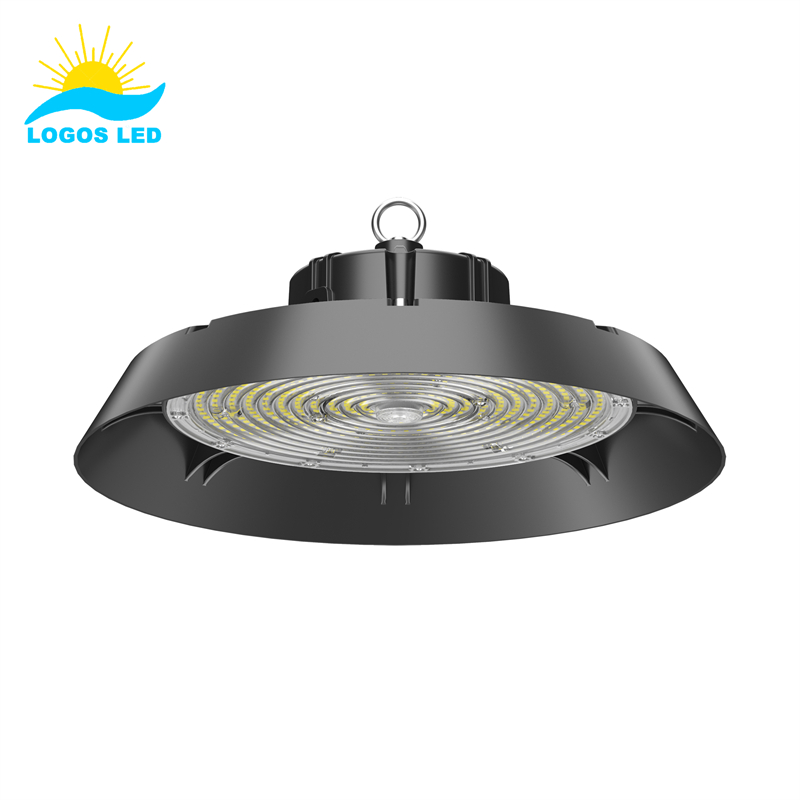
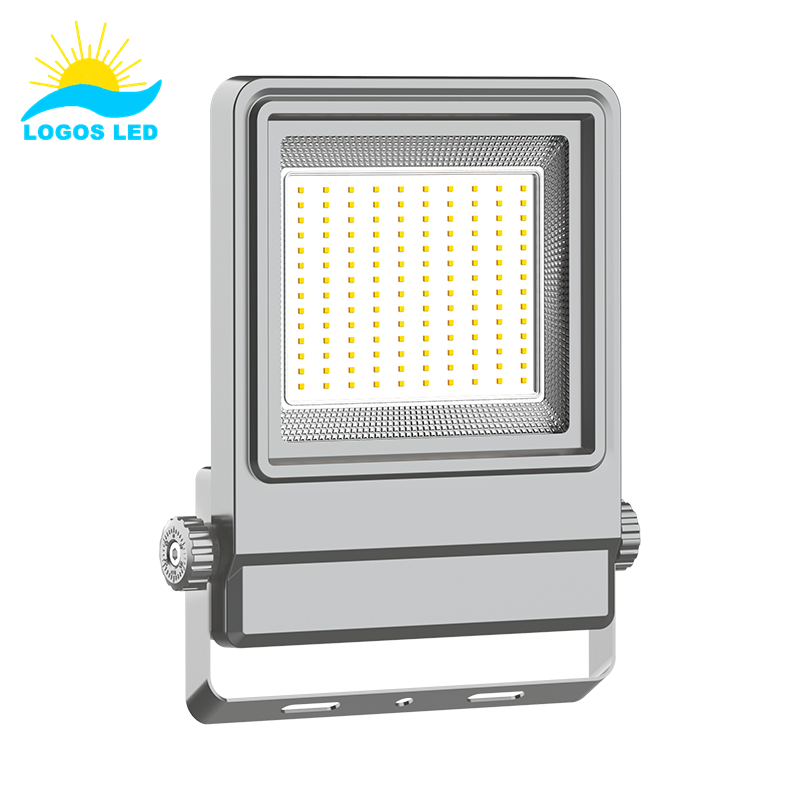

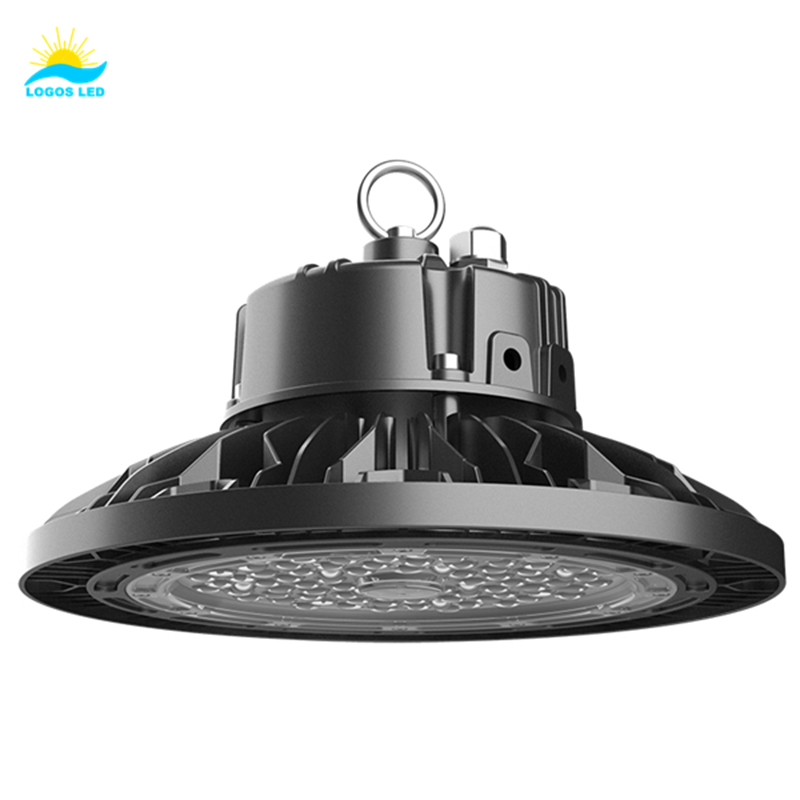
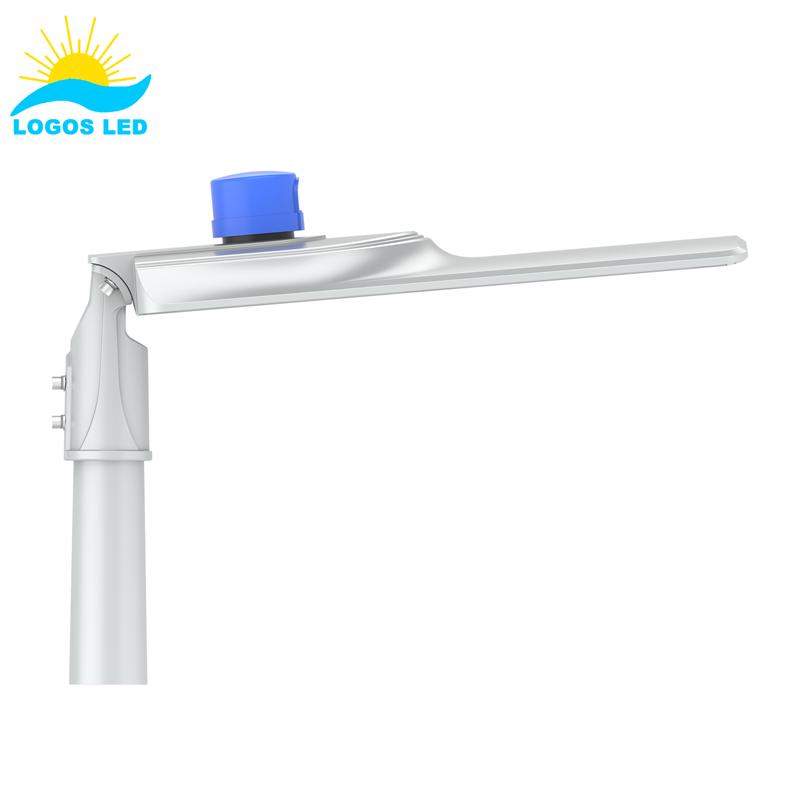
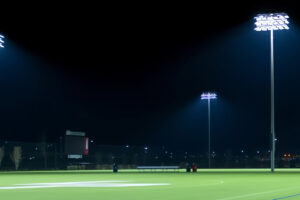

5 Comments
Leave your reply.